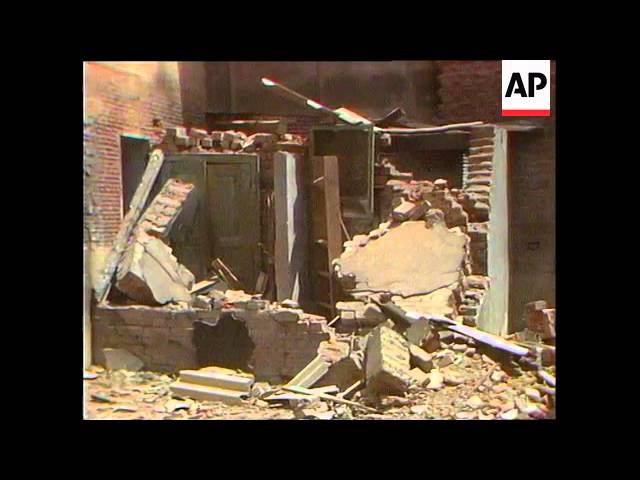OFF TOPIC
TURKEY MONKEYS REMOVING FILTHY GARBAGE FROM THERE COUNTRY. THIS IS THE LOVE BETWEEN PISSLAM KULUMA GUYS. 110 CAMEL PEE DRINKERS ILLEGALI CROSSING TO TURKEY, EUROPE, UK AND LATER US GOT CAUGHT AND DEPORTED BACK TO PISSLAM SHITHOLE TERRORISTAN.
Two injured men among 110 Pakistanis deported by Turkey
Mohammad Asghar
Updated December 30, 2019
A Federal Investigation Agency (FIA) official said both men were tortured in detention and injured. The number of Pakistanis held in Turkish detention centres is not known, but the official said there were “a lot of people”. — Creative Commons/File
RAWALPINDI: A total of 110 Pakistanis, including two with broken ribs and leg fractures, were deported by Turkish authorities and landed at Islamabad International Airport (IIA) on Sunday.
The two injured deportees, Sialkot resident Rehmat Javaid and Islamabad resident Zubair Hussain, were admitted to the Pakistan Institute of Medical Sciences (Pims) because their condition was described as critical.
A Federal Investigation Agency (FIA) official said both men were tortured in detention and injured. The number of Pakistanis held in Turkish detention centres is not known, but the official said there were “a lot of people”.
Upon arriving at the airport, all the deportees were taken to the FIA’s Anti-Human Trafficking Cell in prison vans. The two injured deportees were later hospitalised.
Of the 110 people, 42 are from Gujrat, 38 from Gujranwala, 24 from Peshawar, three from Islamabad, two from Azad Kashmir and three from Islamabad. They were rounded up by Turkish authorities for entering the country illegally.
The official said the Pakistani nationals travelled to Turkey using land routes with difficulty in search of better opportunities, but were held by law enforcement organisations.
A senior official said the deportees are now being bars and will be produced in court for legal proceedings, and the court will decide who to release, although they have not committed any crime in their own country.
On Thursday, two Pakistanis died after boat carrying migrants from Afghanistan, Bangladesh and Pakistan capsized in Lake Van in the eastern Turkish town of Adilcevaz, killing seven people. At least 64 people were rescued.
The Foreign Office (FO) confirmed the deaths of two Pakistanis in the incident on Friday.
“As per the information shared by the Turkish authorities, a total of 71 individuals of various nationalities were present on the boat when it capsized including 25 from Pakistan. Turkish authorities carried out the search and rescue operation in the aftermath of the accident. Unfortunately, two Pakistani nationals lost their lives,” FO said.
It said the Pakistani embassy in Ankara and the consulate general in Istanbul were in touch with local authorities to seek further information and provide assistance to the affected Pakistanis.
The identity of the two deceased individuals is being ascertained.
“The families of the deceased will be notified upon confirmation of their identities and all possible assistance will be extended to the bereaved families for repatriation of the remains of their loved ones,” FO said.
“The remaining 23 Pakistani nationals who were rescued are with the Turkish authorities. “Those in need of medical attention are being treated in local hospitals,” the FO said.
Published in Dawn, December 30th, 2019





